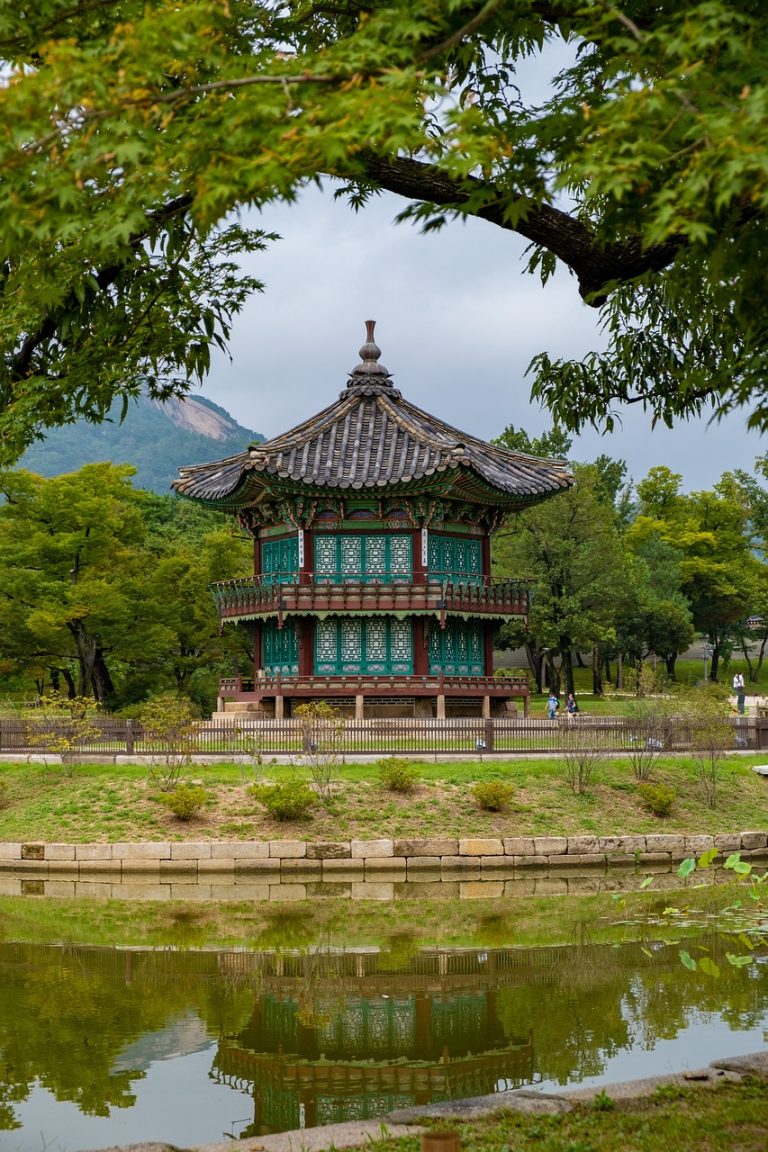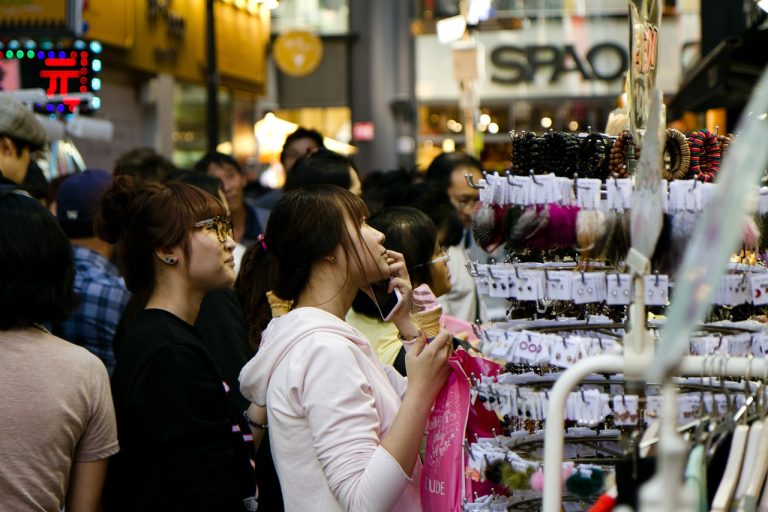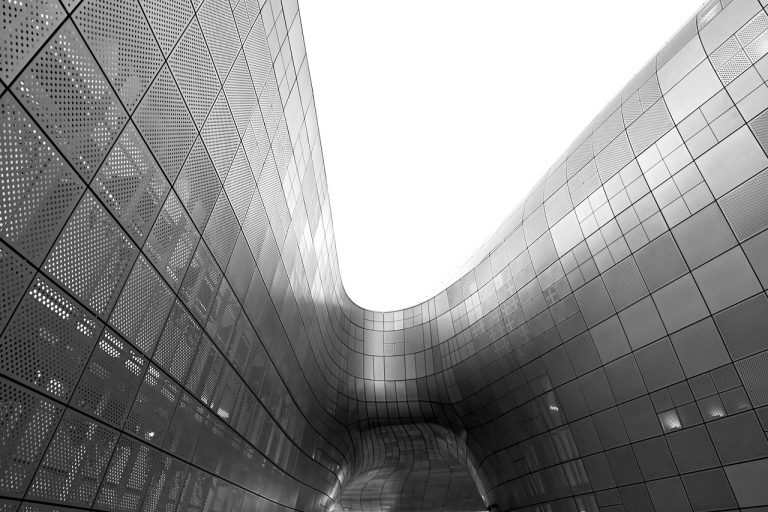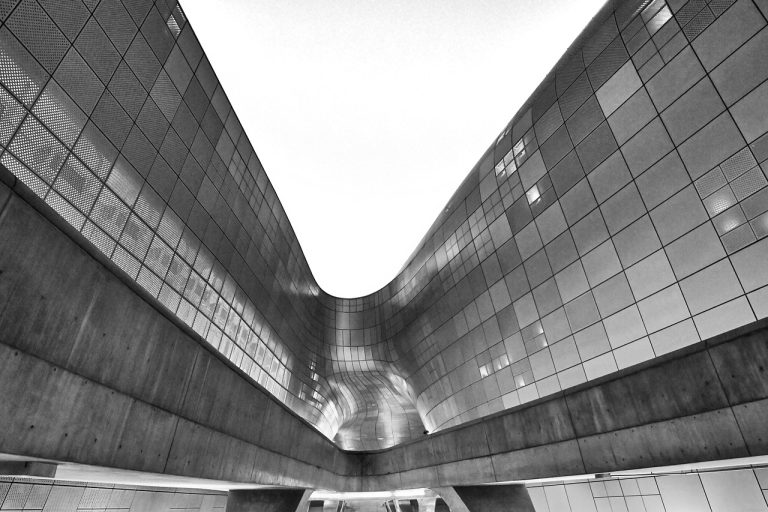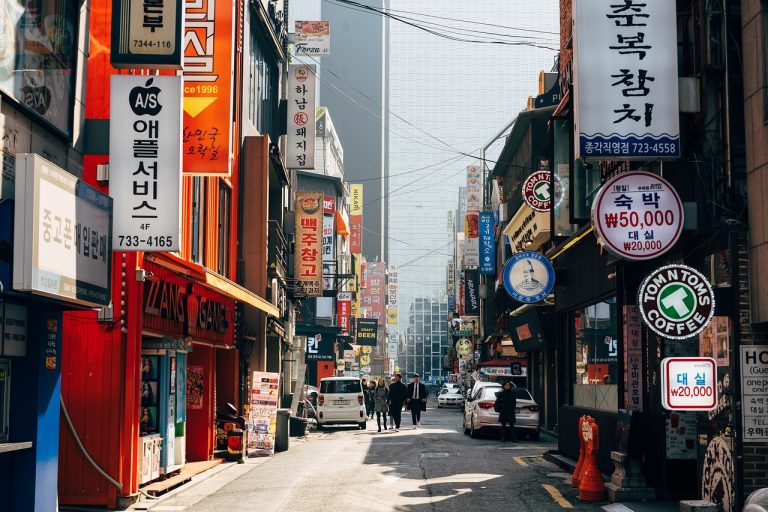Seoul South Korea Video
Navigating Seoul South Korea: Tips for Solo Travelers
Seoul, the capital city of South Korea, is a vibrant and bustling metropolis with a rich history and modern charm. For solo travelers visiting this dynamic city, it offers a plethora of attractions, delicious cuisine, and a safe environment. However, navigating a new city can be daunting, especially for solo travelers. To help you make the most of your trip, here are some essential tips for navigating Seoul.
Getting Around: Public Transportation
- Seoul Metro: The Seoul Metro is a convenient and efficient way to travel around the city. With an extensive network of subway lines, you can easily reach major attractions and neighborhoods. Be sure to purchase a T-money card, which allows for seamless transfers between buses and subways.
- Buses: Seoul has an extensive bus network that covers almost every corner of the city. Buses are a great option for exploring off-the-beaten-path areas and neighborhoods. Be sure to check the bus routes and schedules beforehand.
- Taxis: Taxis are readily available in Seoul and are a convenient option, especially for late-night travel. Make sure to use licensed taxis and have your destination written in Korean to avoid any language barriers.
- Walking: Seoul is a walkable city, and exploring on foot can be a rewarding experience. Many attractions are within walking distance of each other, and you can discover hidden gems along the way.
Accommodation: Where to Stay
- Myeongdong: Known for its vibrant shopping district and lively atmosphere, Myeongdong is a popular area for tourists. It offers a range of accommodation options, from luxury hotels to budget-friendly guesthouses.
- Hongdae: If you’re looking for a more youthful and artsy vibe, Hongdae is the place to be. This neighborhood is home to numerous guesthouses, hostels, and trendy boutique hotels.
- Itaewon: Itaewon is a multicultural neighborhood known for its international cuisine and vibrant nightlife. It offers a diverse range of accommodation options, including hotels, guesthouses, and serviced apartments.
- Gangnam: Made famous by the hit song “Gangnam Style,” this upscale district is known for its luxury hotels and high-end shopping. It’s a great option for those looking for a more luxurious stay in Seoul.
Language and Communication
- Learn Basic Korean Phrases: While many Koreans speak English, learning a few basic Korean phrases can go a long way. Simple greetings like “hello” (annyeonghaseyo) and “thank you” (kamsahamnida) can help you navigate daily interactions.
- Translation Apps: Downloading a translation app can be helpful, especially when communicating with locals who may not speak English. Apps like Google Translate can assist you in translating menus, signs, and conversations.
- Wi-Fi Availability: Stay connected by taking advantage of the city’s free Wi-Fi hotspots. Look for Wi-Fi signs or visit tourist information centers for more information on how to connect to the network.
Must-Visit Attractions
- Gyeongbokgung Palace: Immerse yourself in Korean history by visiting Gyeongbokgung Palace, the largest royal palace in Seoul. Explore the beautiful architecture and witness the changing of the guard ceremony.
- Bukchon Hanok Village: Step back in time and wander through the charming streets of Bukchon Hanok Village. This traditional neighborhood showcases well-preserved hanok (traditional Korean houses) and offers stunning views of the city.
- Myeongdong Shopping Street: Get your retail therapy fix at Myeongdong Shopping Street, a bustling area filled with shops, street food stalls, and beauty stores. It’s a paradise for fashion enthusiasts and beauty lovers.
- Namsan Seoul Tower: Enjoy panoramic views of the city from Namsan Seoul Tower. Take a cable car or hike up to the observatory deck and marvel at the breathtaking skyline.
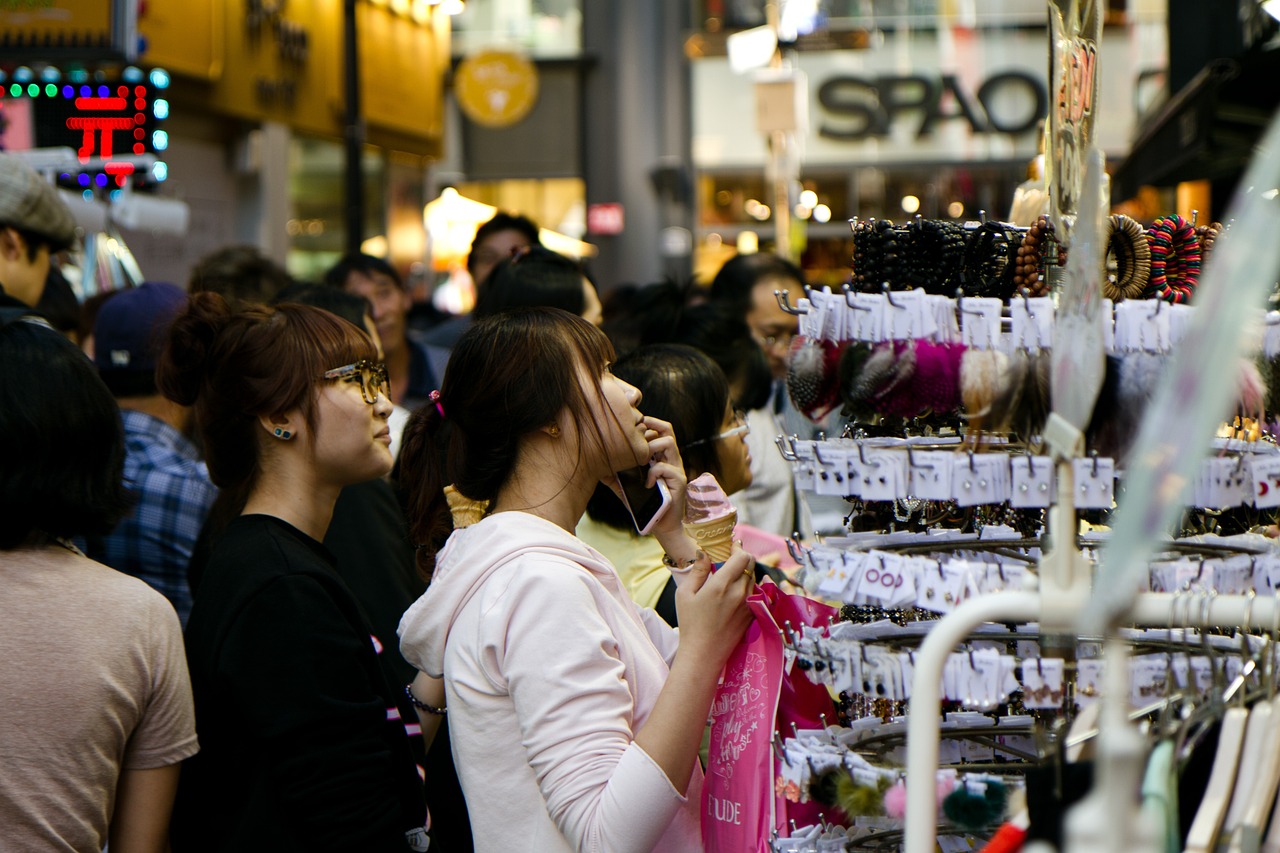
Food and Dining
- Bibimbap: Don’t miss the opportunity to try bibimbap, a traditional Korean dish consisting of rice, vegetables, meat, and a spicy sauce. It’s a delicious and nutritious meal that showcases the flavors of Korean cuisine.
- Korean Barbecue: Indulge in a Korean barbecue experience, where you can grill your own meat at the table. Choose from a variety of cuts and enjoy the flavorful marinades.
- Street Food: Seoul is famous for its vibrant street food culture. Sample delicious treats like tteokbokki (spicy rice cakes), hotteok (sweet pancakes), and gimbap (seaweed rice rolls) from the numerous street food stalls.
- Traditional Tea Houses: Take a break from the bustling city and relax in one of Seoul’s traditional tea houses. Enjoy a cup of aromatic green tea or try a traditional Korean tea ceremony.
Money and Budgeting
- Currency: The currency in South Korea is the Korean won (KRW). It’s recommended to carry some cash for small purchases, as not all places accept credit cards.
- ATMs: ATMs are widely available in Seoul, and most accept international cards. Look for ATMs with global network logos like Visa, Mastercard, or Maestro.
- Budgeting: Seoul can be an affordable city to explore, especially if you opt for street food and budget accommodations. Set a daily budget and plan your expenses accordingly.
- Tipping: Tipping is not customary in South Korea, and it’s not expected in restaurants, taxis, or hotels. Service charges are usually included in the bill.

Safety and Etiquette
- Safe Environment: Seoul is generally a safe city for travelers. However, it’s always important to take precautions like keeping an eye on your belongings and avoiding unlit areas at night.
- Bowing: Bowing is a common form of greeting in South Korea. When meeting someone, a slight bow is appropriate as a sign of respect.
- Etiquette in Temples: When visiting temples, dress modestly and remove your shoes before entering. Respect the silence and avoid taking photos in areas where it’s prohibited.
- Drinking Culture: South Korea has a vibrant drinking culture, and it’s common to be offered a drink by locals. If you prefer not to drink, a polite refusal is generally accepted.
Exploring Beyond Seoul
- Gyeongju: Take a day trip to Gyeongju, a city known for its rich history and UNESCO World Heritage sites. Explore ancient temples, royal tombs, and the beautiful Bulguksa Temple.
- Incheon: Visit Incheon, a coastal city located near Seoul. Explore its vibrant Chinatown, stroll along the waterfront at Songdo Central Park, or relax at one of the city’s beaches.
- DMZ Tour: For those interested in the Korean War and the division between North and South Korea, a visit to the Demilitarized Zone (DMZ) is a must. Take a guided tour to learn about the history and current situation.
- Jeju Island: If you have more time, consider a trip to Jeju Island. Known for its natural beauty, Jeju offers stunning landscapes, hiking trails, and unique cultural experiences.

Conclusion
Seoul, South Korea, offers a captivating blend of tradition and modernity, making it an ideal destination for solo travelers. With its efficient public transportation, diverse accommodation options, delicious cuisine, and welcoming atmosphere, navigating Seoul is a rewarding experience. By following these tips, you’ll be able to explore the city with confidence and create unforgettable memories.
References
- Visit Seoul: www.visitseoul.net
- Trazy: www.trazy.com
- Lonely Planet: www.lonelyplanet.com
- Korea Tourism Organization: www.korea.net


